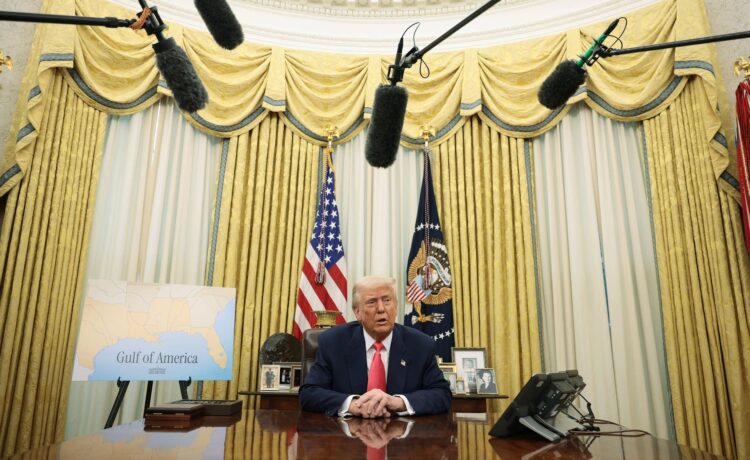After President Donald Trump paused his punishing Liberation Day tariffs in April, the administration predicted it would make “90 deals in 90 days” before a new tariff deadline hit. That deadline is now Friday, Aug. 1.
As for the deals? Well, 90 is still a long way off. The country sits at six deals, with the United Kingdom, the European Union, Japan, Vietnam, the Philippines, and Indonesia. For those countries, U.S. tariffs have ranged from 10% to 20%.
Deals have yet to be reached with Mexico, Canada, India, the list goes on. And that deadline looms.
The administration has already imposed a 10% tariff on all goods that enter the U.S.
On Aug. 1, President Trump has threatened to raise tariffs much higher for specific countries — to 25% for South Korea, 36% for Thailand, and 50% for Brazil. Without new trade deals, Mexico and Canada face tariffs of 30% and 35%, respectively.
Other big trade partners are also under pressure, said Gary Hufbauer, nonresident senior fellow at the Peterson Institute for International Economics.
“A deal with India is fairly high on the priority list. Now, from a trade standpoint, it’s difficult,” he said.
Because, Hufbauer added, India would have to drop its protectionist tariffs on imports from the U.S. — now around 17% — to zero to make a deal.
All told, with no further tariff delays or 11th-hour deals, “the average effective tariff rate in the United States would be 18.2% on Aug. 1,” said says Ernie Tedeschi, director of economics at the Yale Budget Lab. “That is the highest since 1934.”
Tedeschi added that, at the start of this year, the rate was 2.5%.



